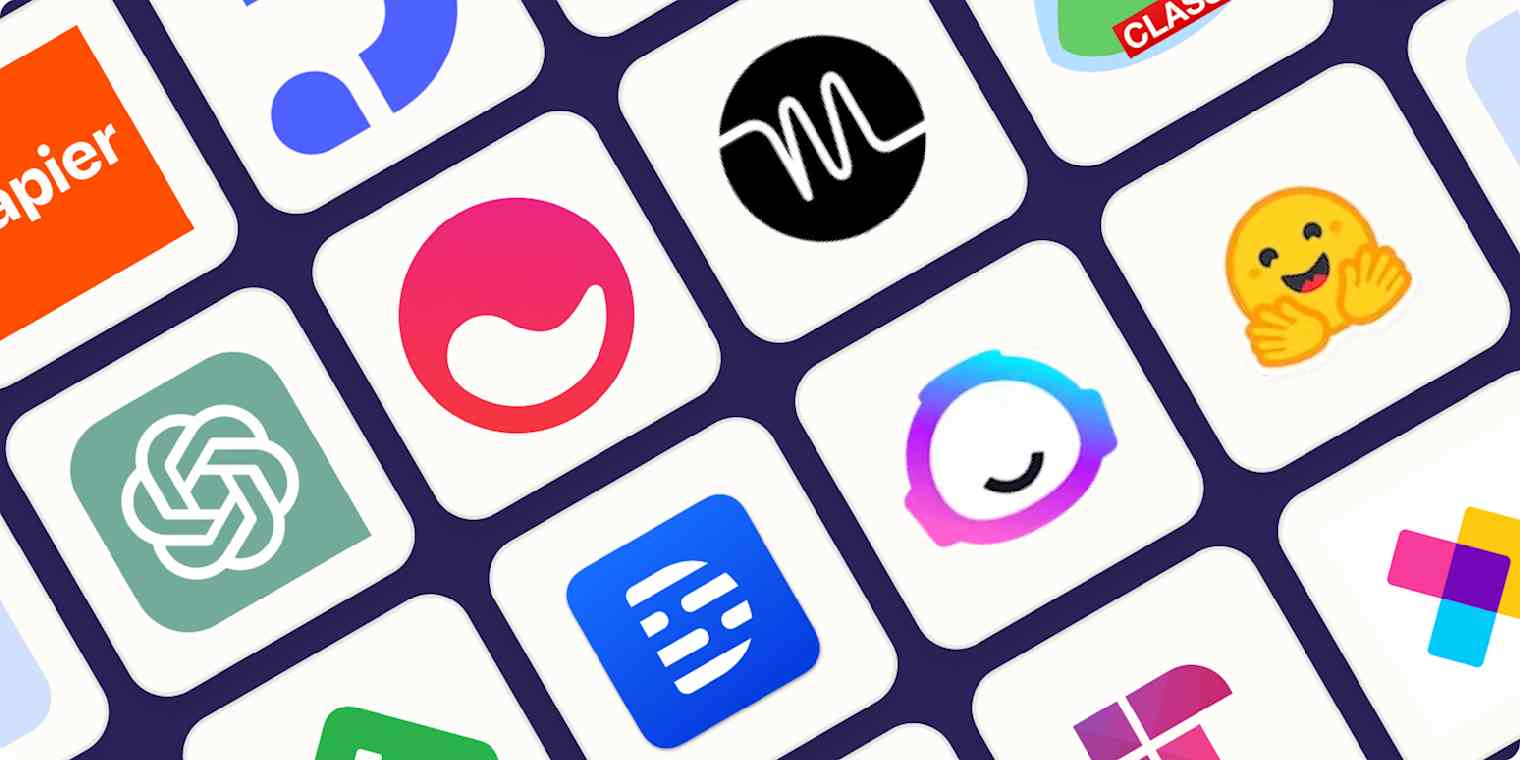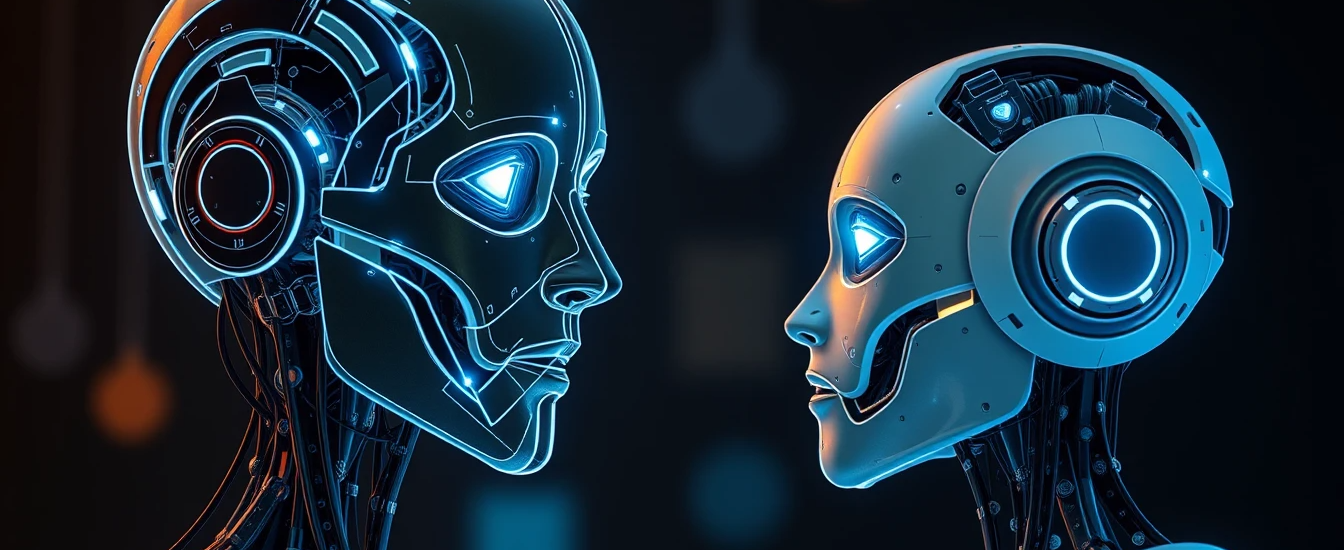Introduction
In a world increasingly shaped by artificial intelligence, the question arises: Are we on the verge of letting machines overshadow the very brilliance that defines humanity? AI is transforming every aspect of our lives—from how we work and communicate to how we create and decide. While the advancements are astonishing, it’s critical to ask: where does AI end, and where does human brilliance begin?
This article explores the frontiers of artificial intelligence, the depth of human uniqueness, and how we can find a healthy balance that elevates rather than erodes our innate capabilities.

The Rise of Artificial Intelligence
AI has come a long way since its conceptual beginnings in the 1950s. From rule-based systems to machine learning and now deep learning, the technology has rapidly evolved. Today, AI powers tools we use daily—voice assistants, recommendation engines, autonomous systems, and complex data analytics platforms.
Industries ranging from healthcare and finance to education and logistics are leveraging AI for efficiency, scale, and insight. However, the meteoric rise of AI has led to both excitement and caution.
Defining Human Brilliance
Human brilliance isn’t defined merely by intelligence—it includes creativity, emotional insight, ethical reasoning, and an ability to synthesize abstract ideas. It’s the spark behind revolutionary inventions, timeless works of art, and compassionate leadership.
Empathy, moral intuition, and self-awareness are deeply human traits that go beyond calculation. From Da Vinci’s ingenuity to Mandela’s vision, history is rich with examples of brilliance that no algorithm could replicate.

Where AI Excels
Artificial intelligence thrives in areas that require pattern recognition, computational speed, and consistency. Tasks such as processing vast amounts of data, identifying anomalies in medical images, and forecasting trends in financial markets are where AI shines.
In customer service, logistics optimization, and real-time language translation, AI not only enhances productivity but also provides new capabilities that were previously unachievable.

Where AI Fails or Falls Short
Despite its prowess, AI lacks genuine understanding. It can mimic empathy through sentiment analysis but cannot truly feel. It can generate art and music, yet lacks original intent.
AI operates within the parameters of its training data, making it vulnerable to bias and blind spots. It also cannot grapple with abstract ethical dilemmas or intuitively grasp social context—areas where human judgment is essential.
Emotional Intelligence: The Human Edge
Emotional intelligence (EQ) involves recognizing, understanding, and managing emotions—our own and others’. It’s vital in leadership, teamwork, and caregiving. AI may analyze tone and sentiment, but it cannot replace the emotional depth a human brings to conversations, mentorship, or conflict resolution.
In fields like therapy, education, and social work, EQ remains irreplaceable. These roles demand nuanced understanding that no algorithm can authentically simulate.
Creativity and Innovation Beyond Algorithms
While AI can produce poetry, images, and code, it does so by analyzing patterns—it does not create with intent or purpose. True innovation stems from vision, risk-taking, and a capacity to break the mold.
Think of paradigm-shifting inventions like the printing press or the theory of relativity. These were not the product of data processing but of human insight and curiosity—qualities that cannot be replicated by machines.

Ethical Decision-Making and Moral Responsibility
AI systems may be programmed with ethical frameworks, but they lack moral consciousness. In high-stakes areas such as autonomous vehicles, criminal justice, and medical diagnostics, decisions have life-altering consequences.
Humans must retain responsibility for ethical oversight. It’s not just about what AI can do, but what it should do—a question machines can’t answer on their own.

Collaboration Over Competition
Rather than framing AI as a rival, we must see it as a collaborator. Human-in-the-loop systems are a powerful model, where AI handles the grunt work and humans bring judgment and creativity.
In radiology, for instance, AI can detect anomalies, but radiologists provide the context and decision-making. In law, AI can review documents, but attorneys interpret nuances and make strategic decisions.
Education and Skill Development for the AI Era
To thrive in an AI-augmented world, we must rethink education. While technical skills are important, there’s growing demand for adaptability, empathy, and interdisciplinary knowledge.
Schools and workplaces must focus on teaching critical thinking, ethical reasoning, and collaboration—skills that AI cannot replicate but are essential for working alongside it effectively.

Leadership in the Age of AI
The future calls for human-centric leadership—leaders who understand the potential of AI but ground their decisions in values, vision, and accountability.
Strategic thinking, emotional intelligence, and ethical foresight are traits only humans can provide. Leaders must serve as ethical stewards of technology, ensuring that innovation aligns with the common good.
AI and the Human Spirit
There’s an element of the human experience—our imagination, resilience, and capacity for meaning—that AI cannot capture. Literature, philosophy, and art reflect our internal worlds in ways that algorithms cannot authentically reproduce.
Machines do not suffer, hope, or love. These experiences shape our stories, our values, and our shared humanity. The human spirit remains outside the bounds of code.
Maintaining the Balance: Practical Approaches
Striking the right balance means embedding human values into AI development. This includes transparency in algorithms, inclusive datasets, and ethical governance.
Policymakers, technologists, and citizens must co-create frameworks that ensure AI is aligned with public interest. We must design systems that augment—not replace—human capabilities.
The Future of Human-AI Interaction
As brain-computer interfaces, empathetic AI, and advanced robotics become real possibilities, the urgency to define boundaries grows.
We must ask: How far is too far? What roles should we never delegate to machines? These are societal questions, not just technical ones—and they require collective input and dialogue.
Conclusion
The goal is not to pit AI against humans, but to cultivate a future where each complements the other. Artificial intelligence can be a powerful partner, but human brilliance—rooted in consciousness, emotion, and morality—must lead the way.
Let us strive for a future in which AI enhances our potential, but never replaces the essence of who we are.

